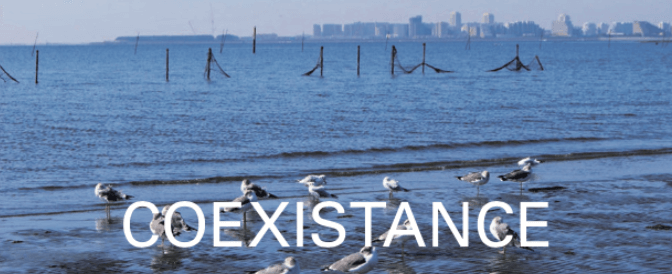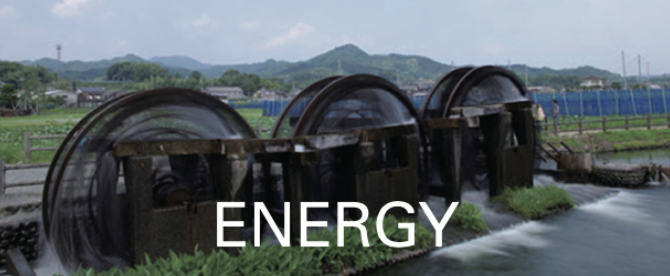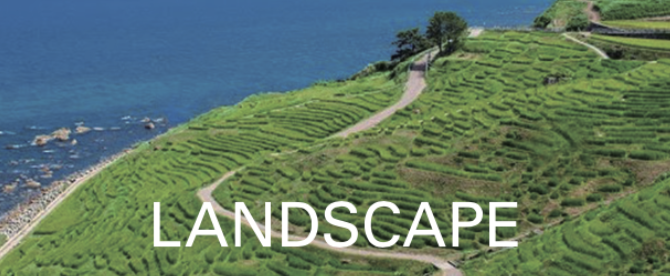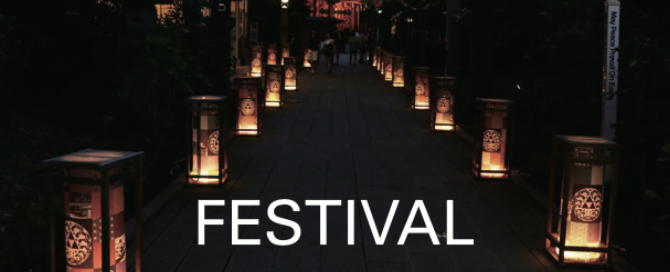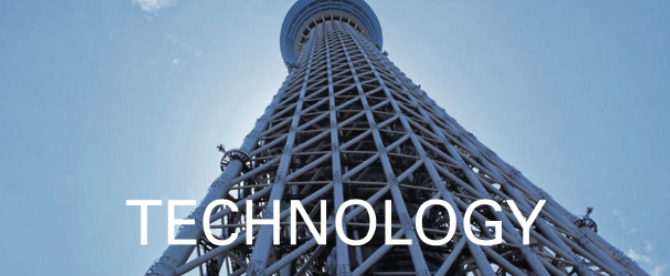
“Valued and honored Harmony” -A World Heritage Site, this temple is one of the oldest wooden buildings existing in the world. This hall was built on the site of the Prince Shotoku (574 – 622)’s private palace. The Prince authored “Harmony is to be valued, and to be honored” in Article 1 of the seventeen-article constitution of 604. This hall worships the Prince’s spirit.
Harmony is respected because Prince Shotoku knew that the work of the masses of the nations would outweigh the work of the saints, who were willing to open the door to a sustainable society.
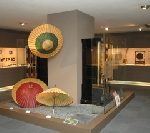
This museum exhibits traditional art and craft items to be classified into groups of Clothes, Food, Houses, Praying, Playing, Sounds and Festivals. Kaga Yuzen dyed silk, Wajima lacquer, Kutani pottery, Japanese candles, Kaga dolls and others.
In addition, special exhibitions introducing inspiring works from around the world as well as a museum shop where visitors can actually feel and touch the crafts are available inside the premises.
Here you can enjoy the beauty, sophisticated skills, and spirit of preserving the traditional crafts, developed through history and culture, as well as the new suggestions for ways to connect the traditional and modern lives.
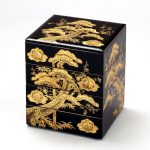
Wajima lacquerware is a traditional Japanese craft. This museum is an art museum in Wajima, Ishikawa that is completely devoted to the genre of lacquerware. In addition to various themed exhibitions, permanent exhibitions introduce Wajima lacquerware’s history and culture in an easy-to-understand manner, using production tools and videos.
You can freely read books of lacquerware and art, and watch videos that introduce the process of making lacquerware. Different than Kanazawa lacquerware, which the Kaga Domain promoted, Wajima lacquerware was originally evaluated countrywide as enchanting and widely used.

Tajimi City, Gifu Prefecture, is a production area of Mino ware. This museum exhibits the millennial flow of the Mino ware, with the characteristics of the era. In the center of its courtyard, there is an installation of objects that are harmonious with bamboo — flexible and consistent.
This museum systematically introduces Kizeto Ware, Chawan (tea bowl), Setoguro Ware, Chawan (tea bowl), Shino Ware, and Orive Ware, which developed as Momoyama pottery over the years. The works span several eras, including the Tensho era (1573 – 1592), the Bunroku era (1592 – 1596) and the Keicho era (1596 – 1615) in the Azuchi-Momoyama period (1573 – 1603), and the Genna era (1615 – 1624) in the Edo period (1603 – 1868).
You can experience the potteries of the Azuchi-Momoyama period and encounter Mino ware.
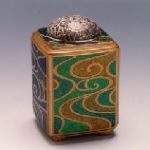
The museum possesses approximately 1600 items, mainly sets of tea things, including works by Senke jyushoku, the ten-craftsman family for the head of Sen tea ceremony school. This museum always exhibits one hundred and a dozen items from them. You should see Tamanushi-no-Zushi, the Beelte Wing Shrine, (a miniature shrine) in the Heisei period (1989 – 2019) by craftsmen in Takayama Gifu.
It was a reproduced work of Tamanushi-no-Zushi, possessed by Horyuji Temple in Nara, which is a National Treasure from the Asuka period (550 -710).You can touch the genealogy of authentic beauty and handed down skill. In the adjacent tea-ceremony room, you can experience a full-blown tea ceremony, with masterpiece bowls of a living national treasure and craftsmanship.
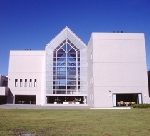
In the Heian period, Mino paper was popular in the capital for transcribing sutras. It was highly sought after. In the Battle of Sekigahara in 1600, the First Tokugawa shougun, Tokugawa Ieyasu (1543 – 1616), ordered the paper for the army command at Hikozaemon in Mino City Mitarai.
After the victory, the Hikozaemons’were called “honorific paper makers”, and Mino paper became the Shogunate paper. This museum introduces the history of Mino paper, and handed down recipes in an easy-to-understand manner, and gives the experience of paper making, too.
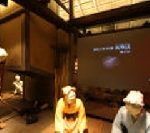
This world heritage site shows the early modern construction method, before modern mining methods were introduced to Japan during the Meiji period (1868 – 1912), as it was. This history of mining methods show its relationship and coexistence with nature. This is why the site is listed as world heritage.
You can experience making metal currency and Chougin, silver coins shaped like a sea cucumber, during the Age of Provincial Wars in the 15th – 16th centuries and the Edo period (1603 – 1868). Chougin used to be made with silver melted from the Iwami silver mine, too. The making those trial uses low fusion gold (alloy of tin and bismuth) and plastic board there.

In 105AD, the bast paper making technique was established in China. It was introduced in Japan during 704-717, by Kakimoto Hitomaro (660 – 724), a poet and central bureaucrat. The Masuda family, descendants of Hitomaro, had governed this Sekishu Province Shimane, which produced fine, durable Japanese paper, using high quality mulberry.
Sekishu paper was shipped to Osaka during the Edo period (1603 – 1868). It was very popular among merchants, who used the paper for their accounting books, in part, because the paper could be thrown into a well, in case of fire!
You can experience traditional paper making at this house.
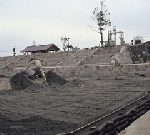
In the Heian period (794 – 1185), Sugawara no Michizane (845 – 903), a scholar, poet, Udaijin, the Junior Mister of Stage, and revered as the god of learning, stopped in Hofu on the way from Kyoto to the Dazaifu government office with jurisdiction over Kyushu. Hofu was an important position of sea transportation in the Seto Inland Sea, where the father of Sei Shonagon (966 – 1017), a Japanese author, poet and a court lady, who served the Empress Teishi (977 – 1001), used to be the provincial governor.
In the middle of the Edo period (1603 – 1868), Hofu prospered as one of Japan’s foremost salt production districts, and its port, Mitajiri Minato, prospered as a salt shipment port, and as a port of call of Kitamae-bune, cargo ships that sailed the Japanese Sea in early modern times.
In the end of the Edo period, the Navy office of Chofu Domain was established here. Takasugi Shinsaku (1839 – 1867), a samurai from Choshu Domain of Japan who contributed significantly to the Meiji Restoration, took over the warship of the Domain here and transformed the history of Japan.

In 8th Century, Fujiwara Fuhito (659-720) was appointed to Udaijin, Junior Minister, the first time a Fujiwara family member held this position. Until this time, the Imbe family, which used to be a rival of the Fujiwara family, presided over the religious rites in the Imperial court and began plantations around the nearby Yoshino River basin.
The Imbe family deified their ancestral gods. They used Shiranigite, a ritual offering, made from mulberry paper and cotton. Awagami, Japanese traditional handmade paper, came from this ritual offering cloth from this Imperial court, 1300 years ago. You can experience paper making here, too.

This suspension bridge with a length of 45 m and a width of 2 m made of a spontaneous vine, Shirakuchikazura, crosses over the canyon of the Iya River, which flows into the Yoshino River in Tokushima Prefecture. This bridge is changed every three years. It used to be the only access over the deep canyon into this mountainous area. You can see the water surface 14 m below, between logs.
After Heike’s destruction, the Heike (Taira) clan escaped to the secluded mountain villages in Iya with Horikawa Niiki, a doctor who served Emperor Antoku (1178 – 1185). You can feel on this bridge that the insight of Horikawa to preserve Heike clan was flexible with resolution.

In the 15th Century, the Royal government of the unified Ryukyu Kingdom, established the Kaizuri Bugyousho, Art Craftworks Magistrate and managed the production of lacquerware. In around the 16th Century, one lacquerware technique, Raden, is thin, mother-of-pearl work, made from the shells of the great green turban in the near sea and other shellfish, combined with a vermillion lacquer.
After the Satsuma Domain’s invasion of the Ryukyu Kingdom in the 17th Century, the pattern of many Raden works were drawn with fine shellfish on black lacquer, in accordance with Japanese samurai preferences. The brilliant Raden works were used as gifts, including for shogun. They really are an eternal treasure.

This center introduces traditional arts and crafts such as Shuriori, Ryukyu Bingata, Ryukyu lacquerware, Tsuboya- pottery and Ryukyu glass, etc. This center also opens workshops and sells those traditional crafts.
Shuriori used to be the fabric for nobles and warriors of the Ryukyuan kingdom’s office. It is elegant and woven in various colors, from figured textile to splashed pattern.
Tsuboya- pottery includes Jyoyaki, glazed pottery, and Nanbayaki, or Arayaki, non-glazed pottery. Those are painted with writing brushes and pigments containing iron, to express boldness and extravagance.
